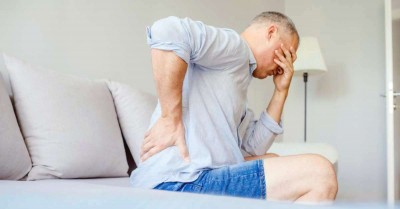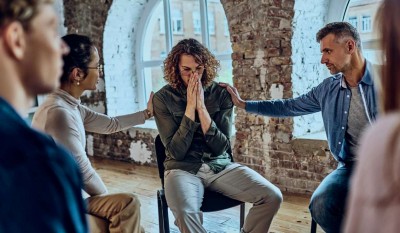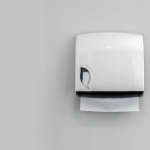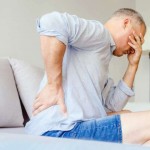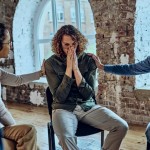How to Heal Quad Pain, Calf Pain, and Heavy Legs
Warning: Undefined variable $post in /home/dietofli/public_html/wp-content/plugins/code-snippets/php/snippet-ops.php(584) : eval()'d code on line 3
Warning: Attempt to read property "ID" on null in /home/dietofli/public_html/wp-content/plugins/code-snippets/php/snippet-ops.php(584) : eval()'d code on line 3
The estimated reading time is 5 minutes
Warning: Undefined variable $post in /home/dietofli/public_html/wp-content/plugins/oxygen/component-framework/components/classes/code-block.class.php(115) : eval()'d code on line 3
Warning: Attempt to read property "ID" on null in /home/dietofli/public_html/wp-content/plugins/oxygen/component-framework/components/classes/code-block.class.php(115) : eval()'d code on line 3
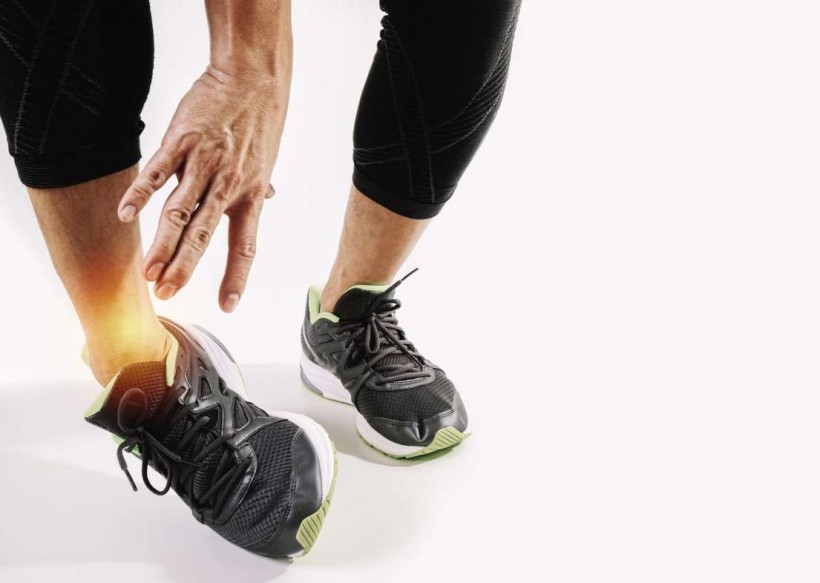
Dead Leg!!
The massive muscle bulk on the front of the thigh is the group of four muscles called as Quadriceps. A dead leg, quadriceps contusion, cork thigh, corky and quadriceps hemorrhage is damage to and secondary bleeding within the quadriceps.
The body region referred to as the calf is in the back of the leg, just below the knee. The calf is made up of mainly three significant muscles,
- two gastronomies muscles (medial and lateral)
- the soleus muscle
- A smaller muscle called the plantaris muscle.
Their calf region consists of mainly two bones,
- the larger tibia,
- The smaller fibula.
Heavy legs are often related as legs that feel weighted, stiff, tough, hard and tired as if the legs are heavy to lift and move forward. It might almost feel as if you're dragging around a 5-pound bag of flour while walking.
Because heavy legs are the sign of some severe conditions, it's vital that you look for treatment. When you realize what's making your legs feel heavy and build up a treatment plan, you should have the capacity to control pain and carry on with a healthy life.
Cause
A dead leg is triggered by a direct blow to the thigh. This can occur by being hit by an object or by banging with another person. The blow crushes the quadriceps muscle against the underlying bone present this damages the muscle fibers and blood vessels of the quadriceps, resulting in bleeding and swelling.
The most usual cause of calf pain is the muscle injuries. Other reasons that may originate from circulation problems, knee joint problems and other conditions can make calf pain worse. But there is good news as well that the calf pain does not require any surgical intervention. Some of the more common causes include:
- Calf Muscle Strain
- Medial Gastrocnemius Strain
- Plantaris Muscle Rupture
- Achilles Tendonitis/Rupture.
- Baker's Cyst.
- Blood ClotsLeg Cramps.
Heavy legs can be caused by an extensive collection of disorders which are listed below:
- Varicose Veins
- Peripheral arterial disease (PAD)
- Overtraining syndrome (OTS)
- Lumbar spinal stenosis
- Restless legs syndrome
Although relatively rare, a tendon rupture can be a severe problem and may result in aggregating pain and permanent disability if untreated.
Symptoms
Pain is felt at the point of collision. With minor dead legs, you may be capable of continuing participating in sports. But as the muscle cools down after activity the pain may increase. This occurs because the bleeding and swelling continue after the event. You may also experience tightening and stiffening of the quadriceps.
Other symptoms may include:
- Mobility problems
- Reduced range of movement
- Spasm
- Cramps
- Swelling of the calf area
With sores that are slow to heal
- Swelling of ankle joint
- Signs of an infection
- Achy
Pale or bluish
- Tired
- Crampy
- Stiff
- Swollen
- Bumpy
How to get relief
You can lower the amount of damage and speed up the recovery of your muscle tissue by
A simple Rice regime within just 24-48Hours.
Swelling is essential for your damage to heal but a lot of swelling may cause the delay in healing and also damages your tissues. The RICE regime must be followed to control swelling (Rest, Ice, Compression, Elevation) this lowers the amount of blood flow around the injured area and, therefore helps in reducing the amount of damages tissues.
- Rest includes lowering the weight you pick through your legs. The utilization of crutches might be required if you are facing difficulty in walking.
- Apply Ice to your legs for 10– 20 minutes each 1– 2 hours.
- This results in an elastic bandage around the infected area.Make it firm but not too much tight.
- Elevation involves lying with your leg resting on a chair or pillows so that it is above the level of your heart.
Physiotherapy treatment
Treatment is directly proportional to the cause of the pain. The therapy is eccentric loading. Physiotherapy is essential in the treatment of dead legs. Initially, your physiotherapist can decide the exact number of damaged tissues. Your physiotherapist would be able to brief you with an indication of how long the injury is expected to heal.
Initial treatment has a goal of reducing pain, swelling and enhancing the healing of the injured structures.
Treatment can include:
Some common treatments for calf pain are listed here which may also be helpful:
- Rest
- Ice and Heat Application
- Stretching
- Physical Therapy
- Anti-Inflammatory Medicine
You can avoid pain and achiness in many ways.
- Lose weight if you need to. Obesity can lead to varicose veins, diabetes and can build up the fatty deposition in the arteries, blocking blood flow.
- Avoid smoking. It is a risk factor for various conditions that result in heavy legs.
- Take days off from intense exercise.
- If one long run doesn't heal your lead leg's pain, then try more.
- Lift your legs about 8 to 12 inches above the level of your heart this helps blood that has pooled in your legs to drain out to the rest of your body via circulation.
- Massaging your leg is an added benefit.
- To promote blood flow.
Author Bio: Hamza Shahzad is a freelance writer, experienced blogger. Currently, He’s working with ammfitness.co.uk. Furthermore, Hamza assists in the business creation and control of social media content planning.


